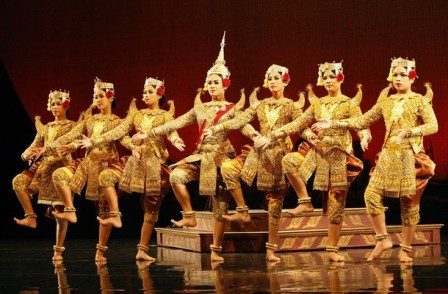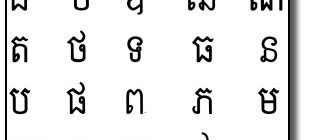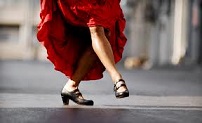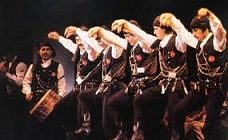Discover the historical tradition of Cambodian dancers and the place that they hold in society.
Dancing is an act of cultural significance especially in a country like Cambodia where it is rich in history. In Cambodia, magnificent carvings of celestial dancers and earthly men and women dancing to entertain the kings adorn the walls of temples. Traditional dances are made up of a unique blend of traditional rhythm and dancing that make them different from others. This is how traditional dancers play a very important part in Cambodian culture as they are trained from childhood.
Cambodian dancers can be categorized into:
1. Classical Dancers: Also known as royal ballet dancers that have elements common with Thai Classical Dancers. These dancers have elegant gestures, wear elaborate costumes and have been associated with the Royal Court of Cambodia for over a thousand years. The history of classical dance, in particular, is linked with that of religions and kings. Inscriptions from as early as the seventh century tell of the presence of dancers at temples.
2. Folk Dancers: Referring to performing art these dancers are fast-paced where movements and gestures are not stylized as with Classical dancers. As the folk dancers come from hill tribes, farmers and peasants they wear clothes similar to them. The folk dance music is played by an orchestra including many stringed and plucked instruments.
3. Social Dancers: These dancers perform at social gatherings and use hand gestures similar to that of the classical dance. The melodies used by the social Cambodian dancers come from the Classical dance songs that have traditional and western instruments played in them.
The music and dancing is embedded in their culture in such a way that the Cambodian dancers are trained from the age of six. The Cambodian Classical dancers perform during public events, holidays and also perform for the tourists of Cambodia. Due to the increase in the trends of traditional dancing other social dances from around the world have had a huge impact on dancing culture of Cambodia.
The dancers also perform on Cha-Cha, Bolero and the Madison, which are rhythms coming from Latin American music. Just like the music, Cambodian traditional dancing has gone through a lot of Westernization. This can be seen clearly in the theatrical events of Cambodia where different percussion instruments are also used.
Dancing plays a pivotal role in their culture as the music of Cambodia dates back to the ancient Khmer Empire and is also inspired by the rapid westernization of the music scene in modern times. These dancers are based on two categories of music, “ramvong” and “ramkbach”. Ramvong is basically slow dance music where as ramkbach has close relations to Thai folk music.
There is no written manual; it is the dancing and the dancers which constitute the archive assuring the perpetuation of tradition. Many of the classical dances today were created in the mid twentieth century under the guidance of Queen Kosamak Nearyrath. When surviving dancers gathered after the end of the Khmer Rouge era and started to piece together elements of their artistic heritage, they worked not only on these dances of the queen’s era, but also on those lengthy dance-dramas that spoke of love and war.





